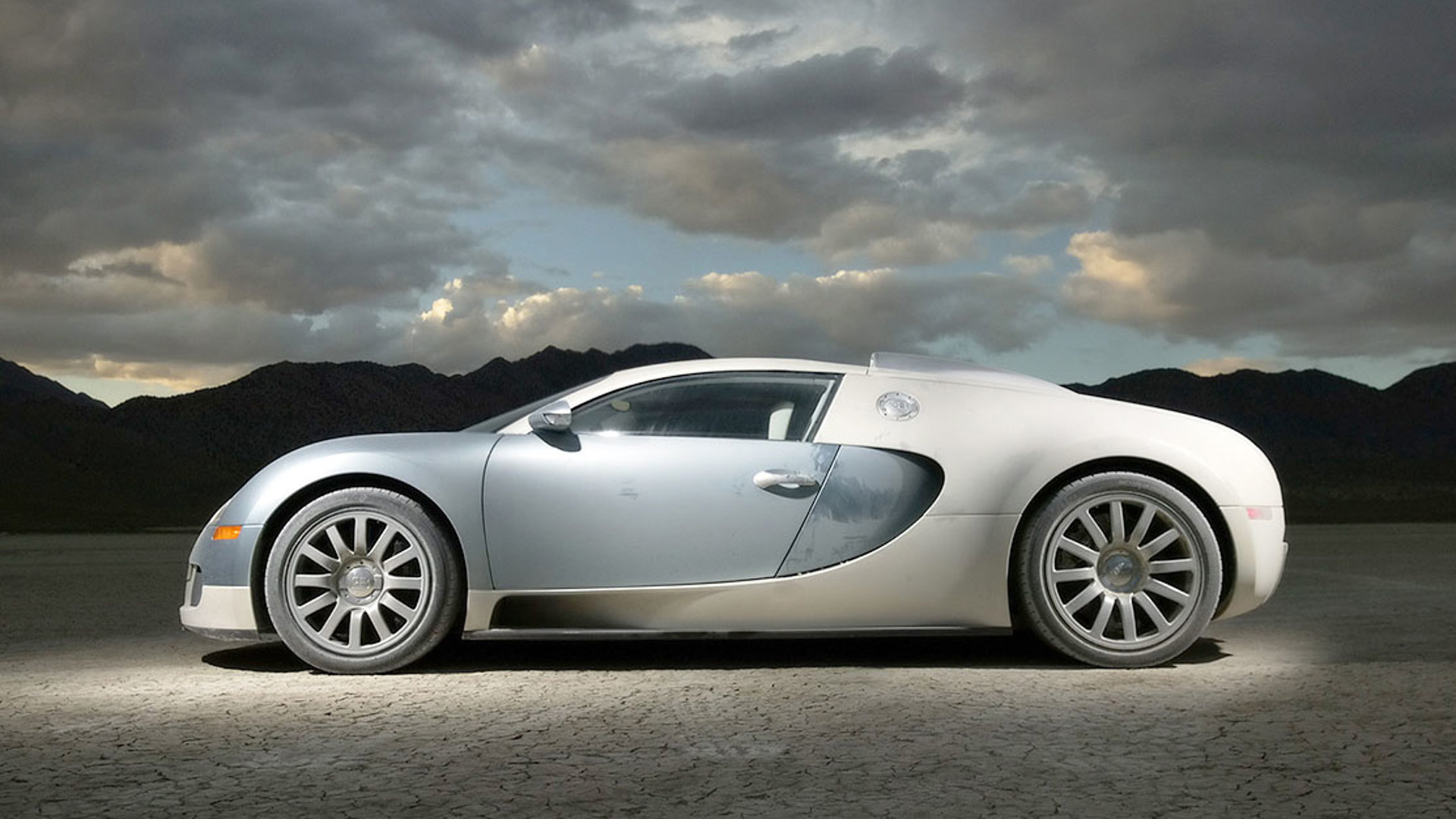Ah, Easter, a time for convincing children that rabbits reproduce by laying chocolate eggs. Hopefully there’ll be time to undo the damage before their university entrance exams.
And also a time for celebrating spring, and a returning to life. Dormant trees begin to bud, bulbs rustle in the soil, and the first tentative blooms of the year begin anew. It is a time for returning to life, whether you embrace the season in a spiritual sense, or merely gaze around your garden with some light despair at all the work there is to be done.
What better time to cast an eye over automotive history, marking all the times that a manufacturer went away for a bit, then rolled back the metaphorical rock and came back again. Here are ten examples of automakers you can’t just keep down.
Alfa Romeo
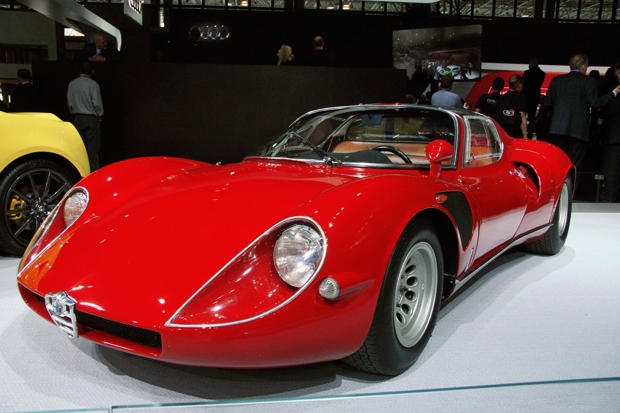
It is said that Alfa Romeo is a holy brand for the true gearhead, and that you aren’t properly anointed until you’ve owned at least one. Anointed, one presumes, by grease and oil when you’re underneath the thing five times a day because important bits of it keep falling off.
Yes, reliability was never an Alfa Romeo mainstay, and as a result the company exited the North American market in the mid-1990s. We had to make do with BMWs, Mercedes, and Audis, which were all nice in their way, but a bit lacking in Latin passion.
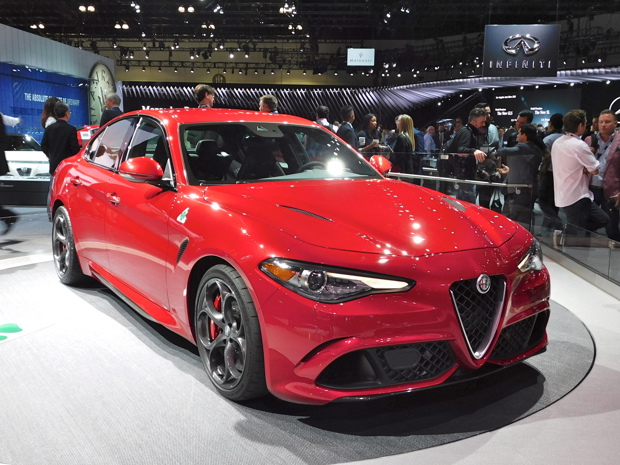
Now Alfa is back, and properly so. The new Quadrofoglio versions of the Giulia sedan and Stelvio crossover are fiery-eyed mistresses of speed, and even the standard models are pretty hot stuff. Further, don’t worry, Alfa traditionalists – they can still throw a check engine light or two, just to keep you on your toes.
Mini

The British motoring industry is characterized by two main features: first, clever and elegant design; second, slapdash manufacturing. The result is usually characterful machines that are about as dependable as your average housecat. A British Leyland product would absolutely eat your face if you died near it.
Nearly all British car-making died off in the 1980s and 1990s, and if there was one brand we missed, it was Mini. Compact and clever, the original Mini was the perfect antidote to horsepower-crammed bloat, and became an icon of style and speed.
Sensing that a comeback was needed, BMW resurrected Mini in 2001, presenting a new generation of quick and nimble city cars. Munich decided that from henceforth the brand would be known as the all-caps MINI, which turned out to be a bit of unfortunate foreshadowing.

BMW’s first attempts were great to drive, though not always that reliable. It was as though the Germans had leafed through the Brit-car design brief, said, “A-ha, zey are not so reliable, yes?” and loosened a few bolts before each new MINI left the line.
Still, they were great fun, and it’s a bit sad that each successive generation has become just that little bit less mini. We may need to start this one over again.
Saab

Rather than a proper resurrection, Saab is a bit like the prince in some Danish tragedy who suffers a mortal wound, lies down to die, and then gets up and delivers an unexpectedly long soliloquy. Split off from an aerospace company, and marking dozens of innovations, this is Sweden’s quirky brand, as opposed to the much more buttoned-down Volvo.
However, quirk wasn’t enough, especially not when GM acquired the company in 1989. The General was not kind to them, messing around with badge-engineered nonsense until Saab came apart like abused Ikea furniture. You know, the kind where the screws come out and won’t go back into the particle board.
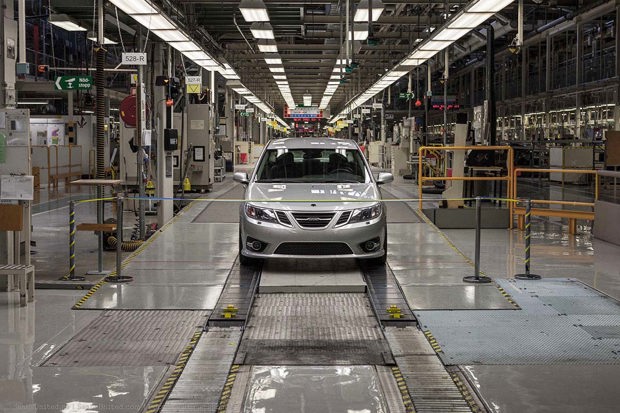
After a series of messy lawsuits and bankruptcy proceedings, Saab returned in electric form. The National Electric Vehicle Sweden company was formed to sell electric Saabs to China, and things were looking up!
However, then NEVS went bankrupt again, and the Saab trademark was removed. Late last year, the first electric 9-3 sedans were finally made in China under the NEVS name, but while it looks like a Saab, it’s merely a spectre.
Volkswagen
No no, Volkswagen hasn’t gone anywhere, but earns a place on this list with two separate iconic models making a return.
Beetle
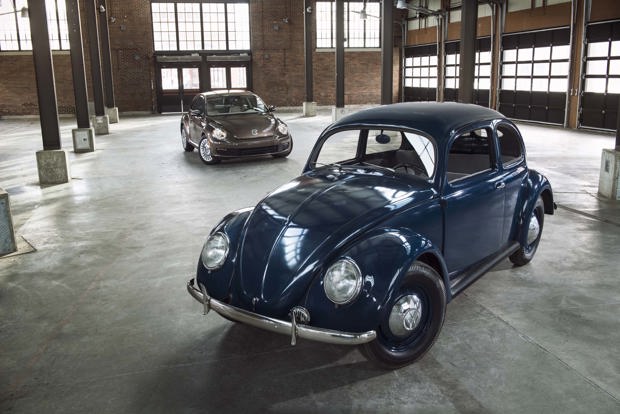
Like the Mini, the original Volkswagen Beetle is a 1960s icon with a friendly round face. They were cheap, durable, and while not particularly fast in stock form, soon attracted a whole generation of hot-rodders and rabid fans.
These days, as air-cooled Porsche prices push into the stratosphere, the original Beetles are still widely prized. They were intended as an economy car, but they’ve become something more. They are beloved.
In the 1990s, VW recognized this Bug Love, and commissioned a new one to be built. At the time, the company’s North American sales figures had shrunk to around a tenth of their high point in the 1970s. An injection of Herbie was required, and the designers delivered.
The New Beetle was a smash success, both in terms of sales and in brand image. Suddenly, VW was cool again, and between Beetle and GTI, the brand experienced something of a renaissance. Of course, most people now are in the market for mean-looking SUVs, but take heart, VW fans.
Microbus
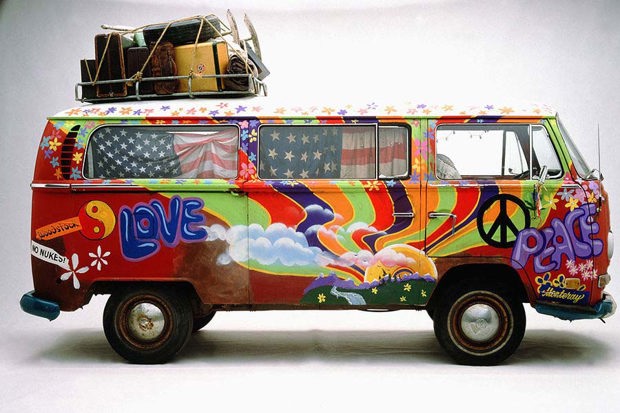
The other best-loved VW of the 1960s and 1970s was the Type II bus, sometimes called the Microbus, or the Westfalia when converted for camping. Dude, you don’t even know. These things were, like, totally awesome man. Yeah, not fast but – dude, what’s your hurry, bro? Just stop and smell the roses and... hey, did you like ever look at your hands? Like really look at them? They can touch everything except themselves– oh wait (claps)
Anyway, no vehicle has been more hippie or dippie than the VW Type II, a machine that accelerates like a glacier and has the safety rating of a cardboard box. Sort of a house on wheels for nomadic hippies, the originals developed a huge following (like the Grateful Dead, man), and classic versions are now horrendously expensive.
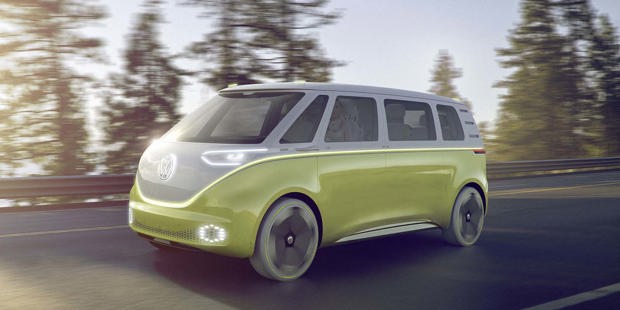
Here comes VW’s 1960s salvation again, this time in the form of the I.D. Buzz, an electric version of the Microbus. Updated for the 21st century, the Buzz has features like a wheel that retracts for autonomous driving, flexible seating arrangements, and a clean, electron-only driving experience.
While not intended for market for a few years – and the autonomous steering wheel thing may have to wait – the Buzz arrives at pretty much the perfect time. Oh, I’m sure this Volkswagen will still emit clouds of smoke from time to time, but, like, legalize it, man.
Fiat and Abarth
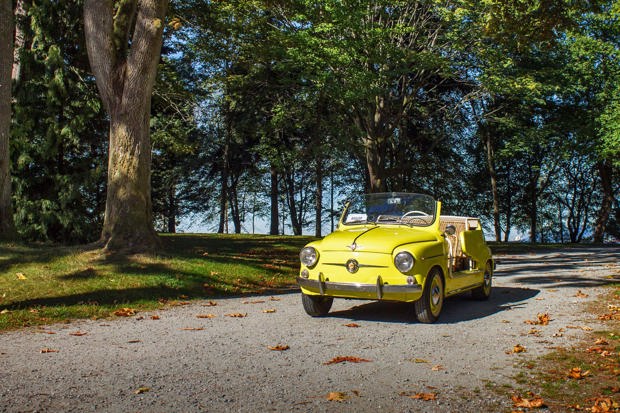
Also an iconic machine, but perhaps less universally well-loved, the original 1950s Italian Cinquecento was the star of any silver screen movie featuring glamorous Europe. People loved to look at them, and dream of the Italian Riviera.
In North America, the dream was perhaps not so rosy. Cars like the 124 Sport Spider and the X1/9 had their fans, but the overall public perception was of poor quality and questionable reliability. Fix It Again Tony was the order of the day, and Fiat tucked their tails between their legs and left town in the early 1980s.
A quarter-century later, they returned with a wave of optimism, hoping to capitalize on the same retro-themed success as the Mini. Built in Mexico, the Fiat was far wobblier to drive than the Mini, but was still stylish and fun, and it sold reasonably well.
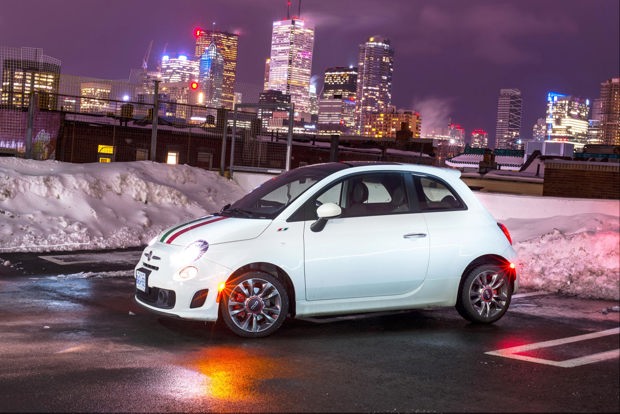
The return also saw Abarth returning to our shores, with the flatulent little 500 Abarth spewing loud turbo noises and basically sounding like a pipsqueak Lamborghini. It injected some much-needed performance potential into the Fiat brand, and things looked good.
However, some years later, Fiat seems to have not gotten much further than that initial toe-hold. The MX-5-based 124 is doing just okay, but is perhaps not quite Italian enough. The 500 is getting a little dated. And as for attempts at expanding the brand like the 500L? The less said, the better.
Fisker/Karma
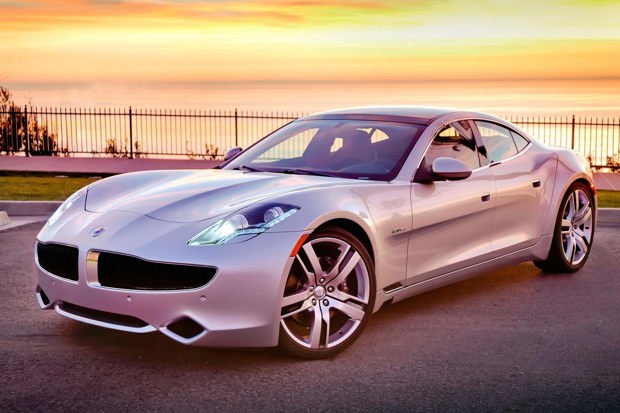
Originally launched in 2012, the Finnish-made Fisker Karma was svelte, sleek – and a complete failure. Not only did it combine a large footprint with tiny cabin space, it wasn’t as quick as some pure EVs. And then there was that slight problem where a few of them caught on fire.
I think we can safely say that Tesla won the battle of the upstart electric manufacturers over the last half-decade or so. But don’t count Karma out.
Precisely because Tesla has been so successful, their cars have become the equivalent of the Silicon Valley BMW 3 Series. A Model S might be blazingly quick, but it can’t outrun the fact that it’s a pretty ubiquitous sight on the coast.

Enter the Revero, which tidies up the original Karma’s somewhat mustachioed looks, adds proper infotainment, improves performance with a now 400 hp hybrid drivetrain, and reworks the interior entirely. It’s a much nicer vehicle overall, but it’s still slower than a Model S, still has a very cramped cabin, and still only offers 80 km of pure electric range. It’s also more expensive.
Basically, the raison d’être for a Karma is simply to not buy a Tesla. Not a volume business model, but one that’ll charm a few buyers.
Maybach
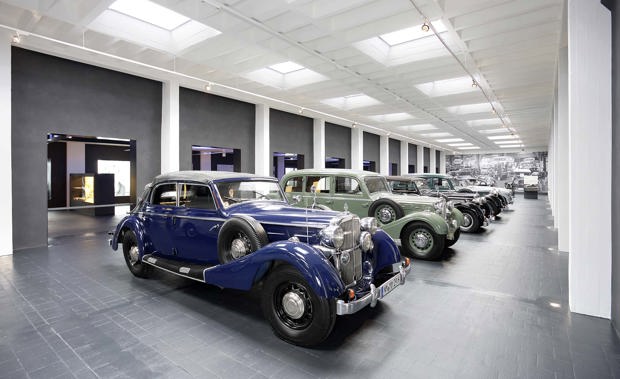
Would you like to buy a car from a company that makes Zeppelin engines? Would you ever!
Wilhelm Maybach founded the company that bears his name in 1909, and yes, he really did built engines for lighter-than-air flying machines. Later, in 1921, he moved into production of some of the most opulent cars ever produced in Germany. Two world wars put an end to that business.
In 1997, looking to do battle with BMW’s recent acquisition of Rolls-Royce, Mercedes-Benz announced the return of the Maybach brand. They launched two models, and set a lofty target of 2000 machines worldwide. Instead, they only managed to move 157 of them. Insert sound of giant zeppelin deflating like a whoopee-cushion here.
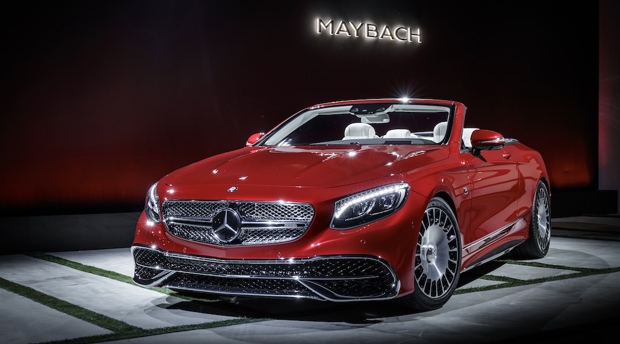
Mercedes would have another go at things, however, introducing the Mercedes-Maybach range in 2015. This time, Maybach was simply the fanciest version of the already recognized S-Class, and sold much better. Combined with rising world markets, things have been rosy enough to float a couple of concept models, including the enormous Vision Mercedes-Maybach 6, which looks like something Cruella de Vil would drive.
Peugeot Citroën
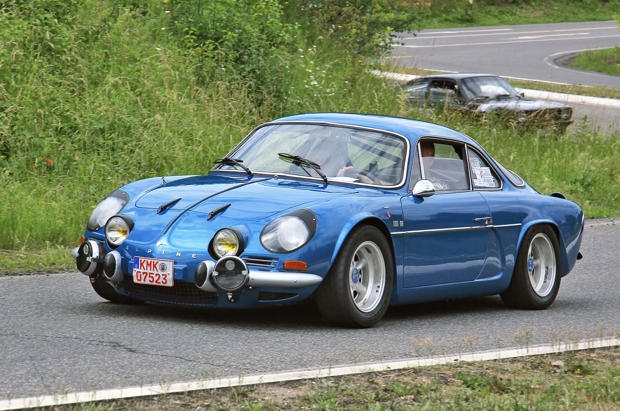
Conspicuously absent from the local market, the French car manufacturing industry is much-missed by people who prefer a supple ride to an obsession with cornering g-forces. While they’ve made a few quick cars – the Renault Alpine sticks out – French machines are more about motoring with élan rather than outright speed. Comfort, rather than Nürburgring times.
Perhaps sensing that the time is right for a return, Peugeot Citroën (Groupe PSA) has begun quietly hiring staff in Atlanta, Georgia. The plan appears to be initially entering the market as a mobility company, using apps to share PSA vehicles.
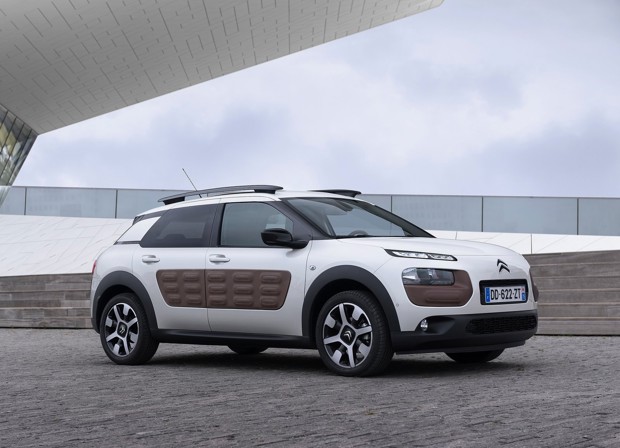
Do we really need French cars to expand our market? Well, consider the C4 Cactus. A compact little crossover, the Cactus bristles with charm, is supple over bumps, spacious, and has an excellent safety rating. Why not have something capable of floating over potholes, rather than a Bavarian boulevard-strafer built for the perfect roads we don’t have?
Bugatti

Ettore Bugatti was a brilliant designer who built some of the most beautiful racing machines of the pre-war period. Winning in Grand Prix races, and at Le Mans, they were light, fast, and French.
However, I did say pre-war period, and WWII was devastating for the boutique manufacturer. Bugatti was predeceased by his son, Jean, and when he himself died in 1947, the company quickly folded up shop.
After a few abortive attempts to revive the storied brand, an Italian entrepreneur named Romano Artioli bought in, and got a factory going in Maranello. Employing Marcello Gandini and Paolo Stanzani, both of whom had worked on the Lamborghini Miura and Countach, the new Bugatti featured a decidedly Italian flair. It was called the EB110, and came with an incredible quad-turbocharged V12 engine and carbon-fibre bodywork.
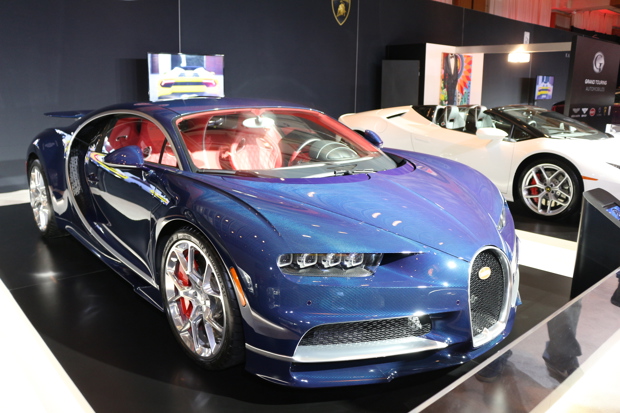
The early 1990s were a time of great speculation in the supercar market, but also of great failure. A global recession put paid to the EB110, but the brand’s partial revival had attracted the attention of Germany. Volkswagen bought up Bugatti, and set about making something incredible.
Their first effort, the Veyron, was staggeringly fast, unmatched for years. Their second, the Chiron, takes the madness even further. Perhaps Ettore himself wouldn’t care for the heavy-hitter Germanic interpretation of his work, but there’s no denying that the Bugatti brand rose from the dead to become one of the finest in the world.
